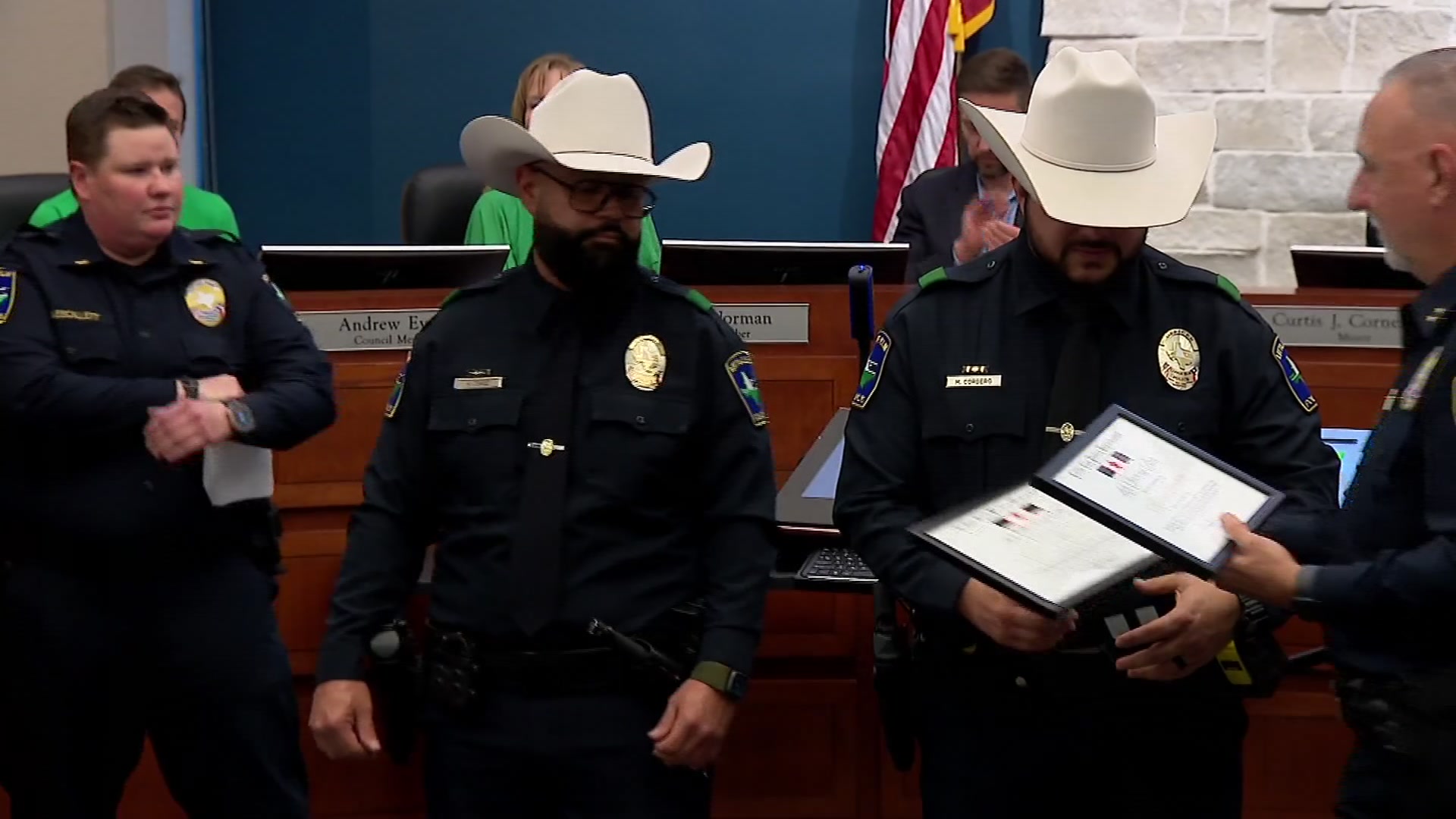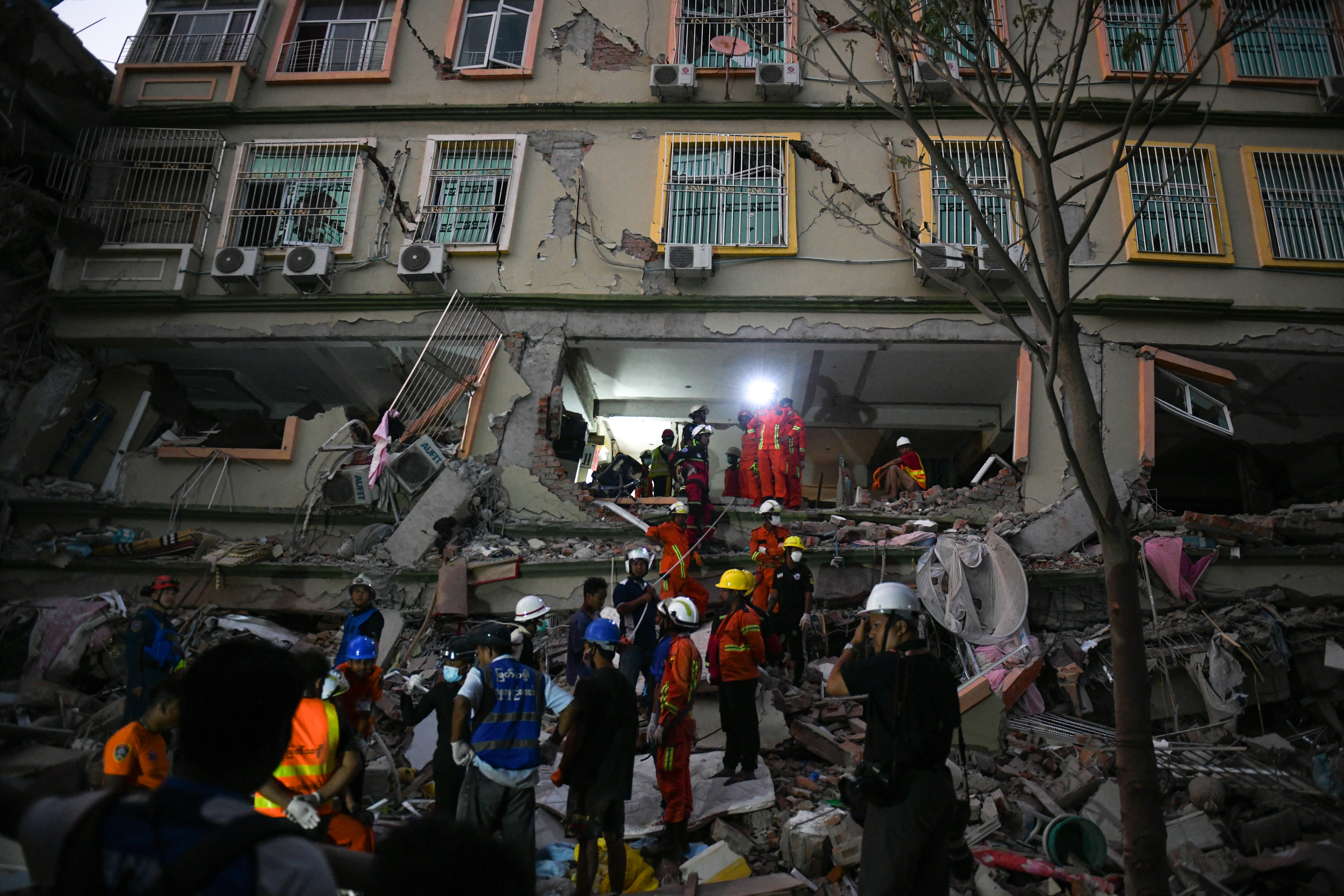An American Airlines plane that careened off the end of a runway, crashing and breaking into three pieces, landed approximately 4,000 feet down an 8,900 foot runway, investigators in Jamaica said Monday. They are now trying to determine why the pilots flew over nearly half of the runway before first setting the wheels down, leaving significantly less distance to bring the jet to a stop.
Jamaica's Director General of Civil Aviation, Col. Oscar Derby, told NBCDFW that investigators are also looking into what role tailwinds, and a rain soaked runway may have played in the crash.
"We are looking at all of the indicators to to figure out what the main contributor was to the runway excursion", Derby said.
Flight 331 landed in rainy weather, shortly after a thunderstorm passed over Kingston, Jamaica, on Dec. 23. Dozens of people on board the plane were injured, but there were no fatalities.
Stronger than expected tailwinds, equipment malfunctions, or pilot error could all be contributing factors, investigators said. The 737-800 involved in the crash is equipped with a "heads-up" display system designed to help guide the plane in for landing within the first 1,000 feet of the runway in inclement weather, if the system is functioning properly. It's not clear whether the pilots were using that system at the time of landing.
The union that respresents the American Airlines pilots would not comment on the specifics of the investigation, but defended the pilots actions.
"The landing overrun accident was a scary event in challenging weather conditions, said Scott Shankland, spokesman for the Allied Pilots Association. "We remain confident our pilots did everything possible to try and stop the aircraft before the end of the runway", he said. Shankland added that the union believes crew's actions in evacuating the plane after the incident saved lives.
Local
The latest news from around North Texas.
U.S. sources familiar with the investigation said the plane was carrying extra fuel for the return trip to Miami, a practice known as "ferrying fuel". The weight of the extra fuel may have made the plane harder to stop. It was still moving fast, at a rate of about 60 knots, when it left the runway, sources said.
The asphalt runway surface at the Kingston airport does not have grooves to collect and disperse standing water in heavy rain, a feature that's common at many large U.S. airports.
"We're looking into that as well, Col. Derby said, we don't know the extent to which it would have contributed."
Fort Worth-based American Airlines spokesman Tim Wagner said he could not comment, because of the on-going investigation involving Jamaican authorities and the National Transportation Safety Board.



